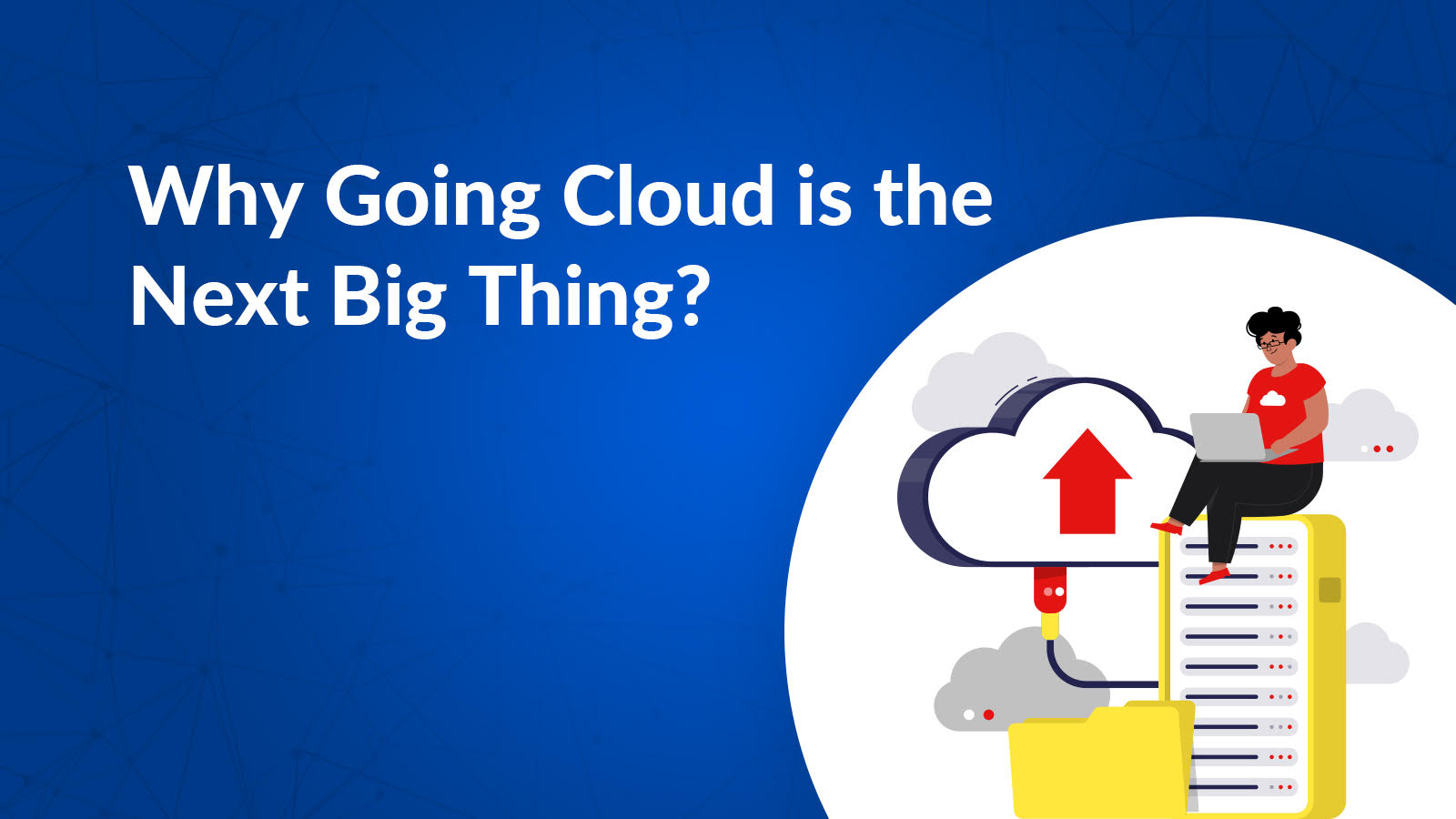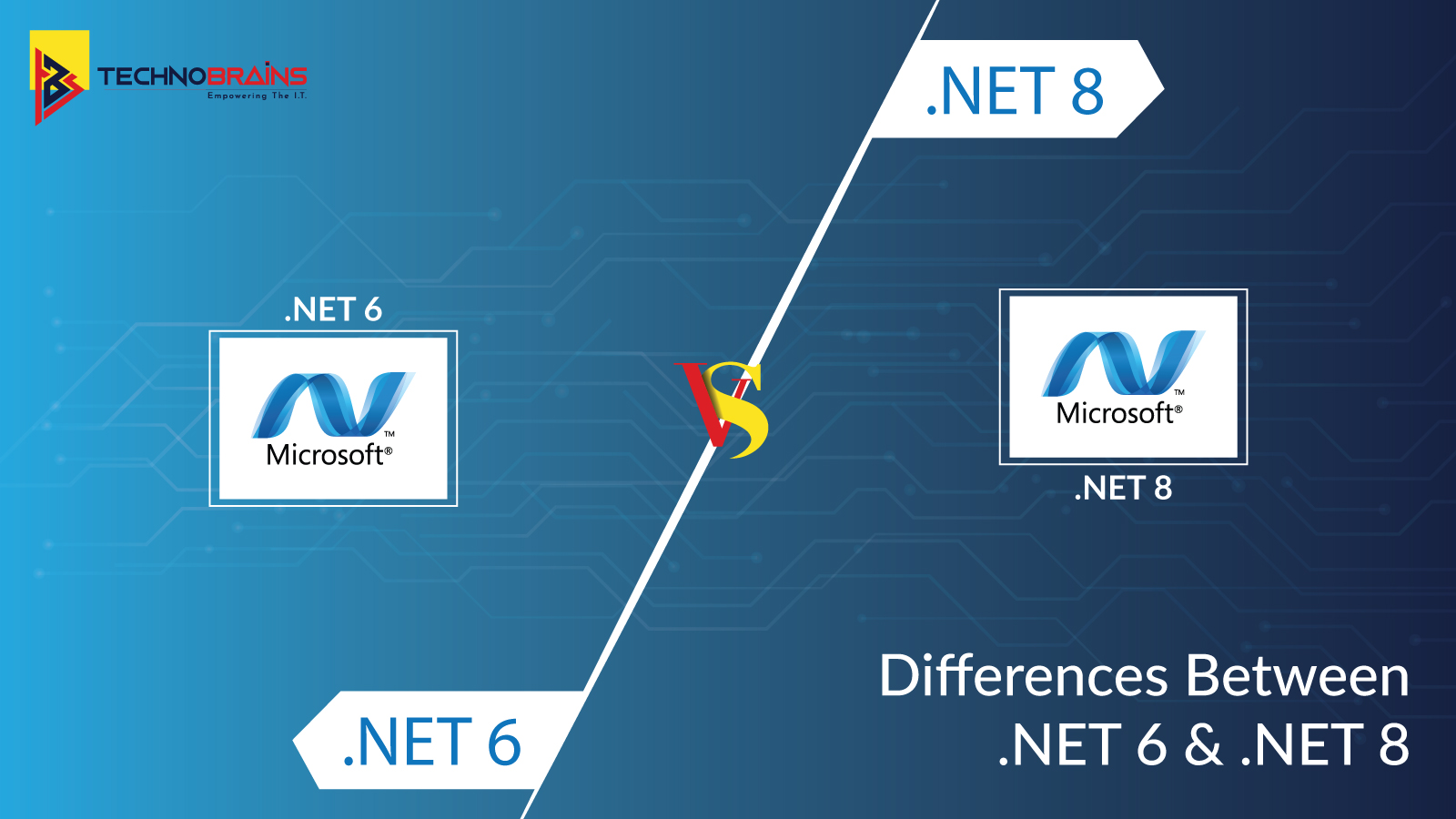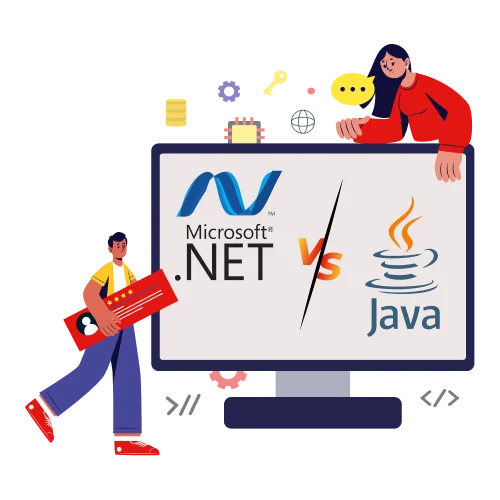Get 40 Hours Free Developer Trial
Test Our Developers for 40 Hours at No Cost - Start Your Free Trial →
From Silicon Valley to Stockholm to Sydney, the phrase “data is currency” is integrated into corporate culture. With no Wall Street, leveraging your data is tethered to the cloud, which gives you greater insight. In light of the fact that 92 percent of companies are already embracing cloud technology, we’ve compiled an exhaustive guide to the top cloud trends for 2021.
Cloud computing industry valuations have risen year over year since 2010 to reach $370 billion by 2020, representing a growth rate of 380 percent in just 10 years. It is inevitable, however, that more data will lead to the need for more storage when 90 percent of all the world’s data in 2013 was created between 2011 and 2012.
There are 44 zettabytes (trillion gigabytes) of information on the planet at the end of 2020, a figure comprised of 21 zeros. A lot of corporate data is stored in the cloud now, and it is expected that this will increase to around 50% by 2020.

Cloud computing is more than just efficient storage. It is also a platform for generating data and leveraging that data in innovative ways. Previously, it was thought that service-oriented thinking was impossible. Specialization has expanded, allowing organizations to pursue core competencies and business goals without compromising agility by bringing in innovative business models and processes.
Cloud computing played a key role in facilitating remote working solutions during the year 2020. During these uncertain times, organizations have been able to combine existing organizational processes with new cloud technologies, which has allowed them to be more flexible.
As companies strive to thrive in this new remote workplace, COVID-19 has provided a forum for companies to showcase their cloud capabilities. It is essential to unlocking organizational growth that we operate in the cloud. Cloud service spending in 2021 is forecast to grow 18.4 percent worldwide.
Read about Healthcare App Trends, to know the details.
As we move closer to a cloud-based world, organizations looking to create an advantage for themselves must understand the ebbs and flows of the cloud services industry.
“Unveiling Growth Potential: Ten Reasons to Assess and Expand Your Cloud Capabilities”
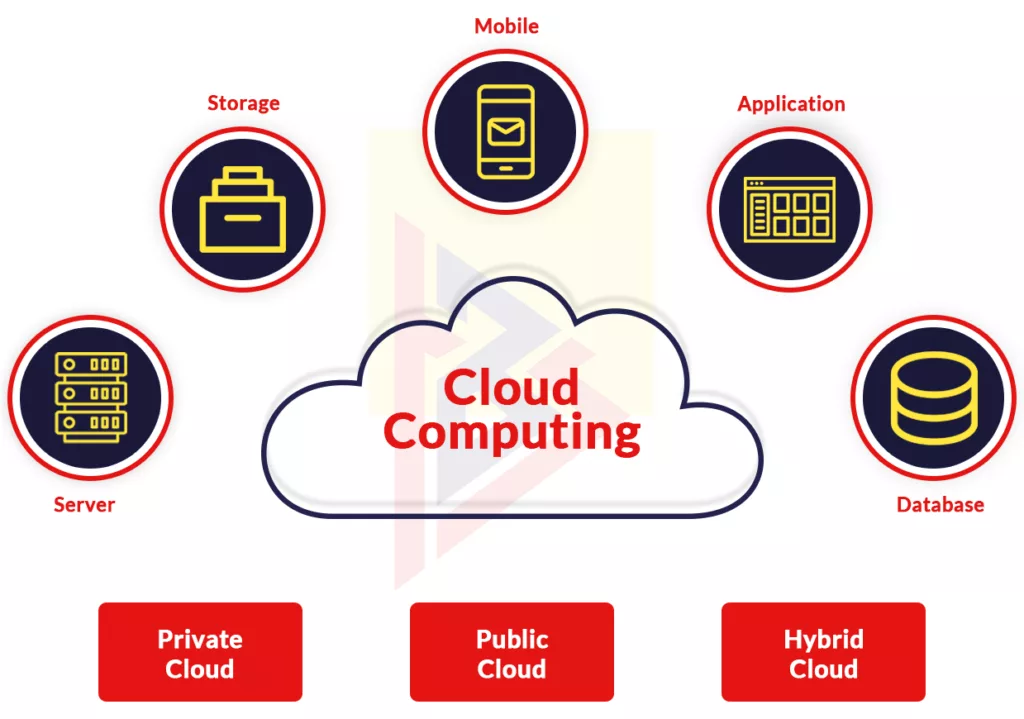
01. Sustainable cloud
Consumers do not view organizations simply as catalogs of goods and services, but also as representations of values. An organization’s approach to the environment greatly impacts its reputation. Of the nine areas of concern that consumers may consider when evaluating organizations, sustainability tops the list with 80 percent of the consumers.
Your brand could alienate a large portion of your audience by creating value at the expense of values, the majority of which will abandon brands that violate their personal ethics.
High environmental, social, and governance performance results in lower volatility and higher margins for organizations as per the research. As 44 percent of CEOs plan for net-zero futures for their organizations, the opportunity to benefit from cloud operations will become increasingly important to you going forward.
With the migration of infrastructure to the public cloud, companies we work with reduced their energy consumption by 65 percent and reduced their CO2 emissions by 84 percent. Your server requirements and energy consumption will be reduced significantly if you focus your resources on your vital processes.
Read about the best ASP.NET Tools for development.
Up to 59 million tons of CO2 can be saved by cloud migration per year, the equivalent of taking 22 million cars off the road! In years to come, this cloud trend will only grow in importance
02. Cloud costs
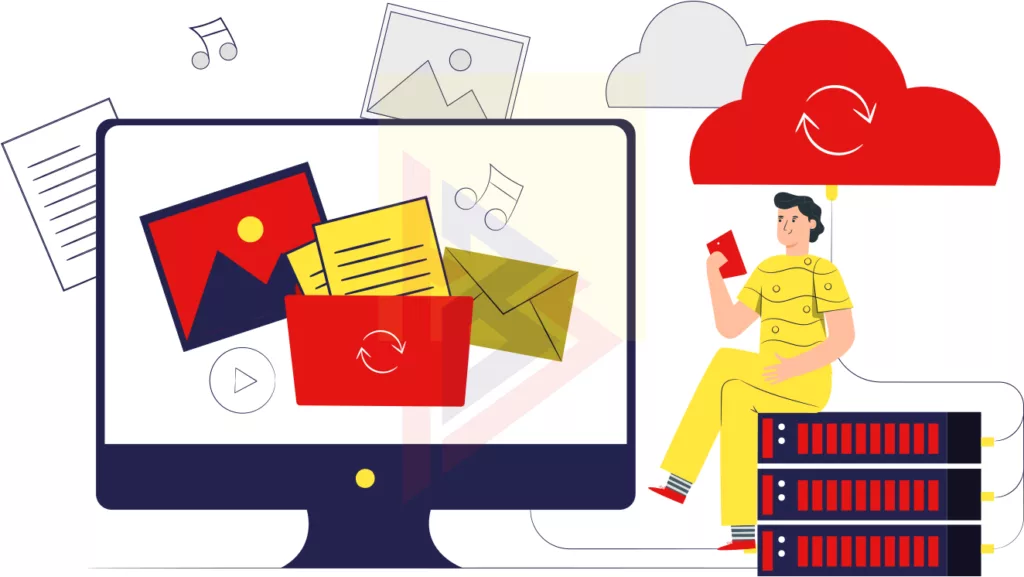
Approximately $6,500 was spent by the average business in 2011 on cloud computing. Ten years from now, the figure will be $10,000. A larger percentage spends between $2.4 million and $12 million on cloud services per year, not an underestimate.
IT professionals claim that cloud optimization is the primary focus of their organizations, and this is supported by the fastest-growing cloud services, including the Internet of Things, Container-as-a-Service, and artificial intelligence.
The 30 percent wasted cloud budget is driving organizations to streamline cloud services and streamline costs. Third-party optimization tools and services can expect to see significant investments as well, although some of the onus falls on cloud providers to deliver more cost-efficient architectural solutions.
Nevertheless, you need to continue to focus on developing and strengthening your native optimization capabilities, since you cannot benefit from the array of solutions available without having an analytical understanding of your priorities, prospects, and weaknesses. Setting up a unique baseline based on organizational needs is essential to optimizing.
Read About .NET 6 here, in our blog.
On average, businesses under-budget their cloud requirements by 23 percent, and this is the step most businesses struggle with. In return, organizations will manage their budgets and plans better by becoming more fluent in cloud operations.
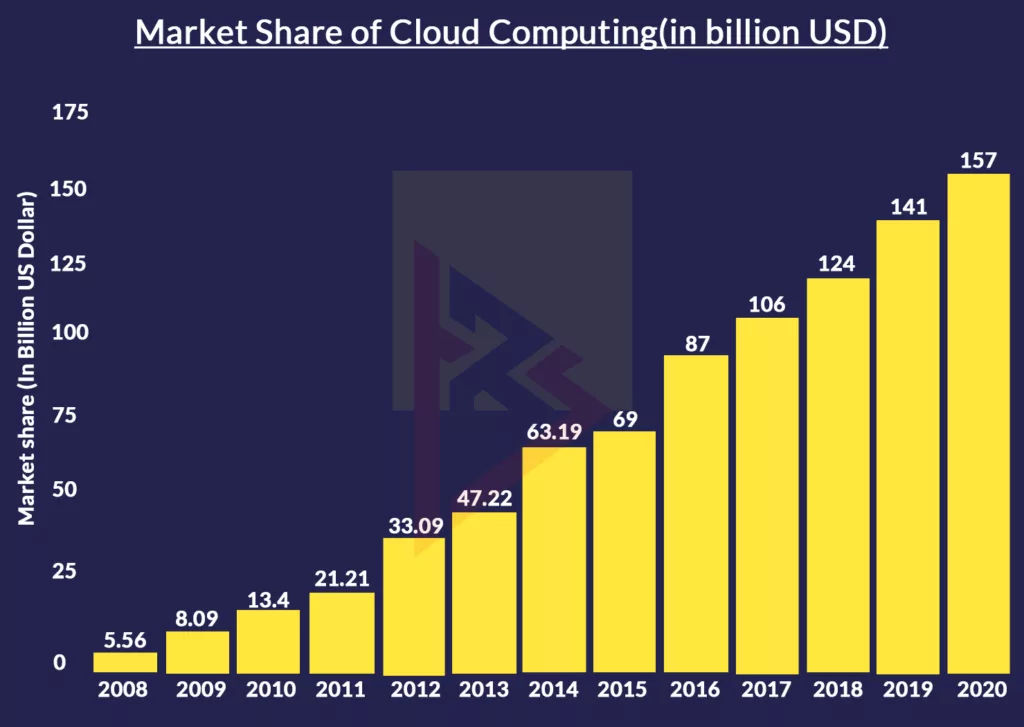
Source: https://www.appventurez.com/blog/top-cloud-computing-trends/
03. Edge computing
Cloud computing currently suffers from the fact that it’s handled by a small number of providers who dominate the market. They rely largely on proximity, bandwidth, and resources to provide computing and storage capabilities. Due to the 127 new IoT devices that connect every second, latency, bandwidth, and security issues are inevitable. In order to capitalize on and shape the future of technology advancements like AI and robotics, edge computing is the perfect answer.
An emerging trend in the cloud is edge computing, which involves building computing and storage centers that are localized or near where they are needed. Using this technique, a wide range of applications can be deployed in the cloud and run efficiently. Computers and management are handled locally instead of relying on centralized networks.
Through edge computing, the latency issues associated with communicating with a central server are reduced since active management and data storage are closer to the source. Moreover, it increases bandwidth because it stores locally and connects to the cloud only when necessary.
An up-to-date local data center means an increased level of information security for businesses dealing with privacy and compliance issues. Edge computing is becoming increasingly important to deploying, managing, and harnessing connected devices and the Internet of Things.
04. Multicloud

93 percent of enterprises have cultivated a multi-cloud strategy over time, despite most not switching over from on-premises to a multi-vendor deployment in one go. The cloud is increasingly becoming an industry-wide concern as more workloads migrate to it. Each organization deploys or tests an average of 3.4 public clouds and 3.9 private clouds so they can tailor their cloud services to meet their business needs.
There will be more companies developing cloud-native applications without relying on any particular cloud provider.
By learning how to develop with greater clarity, organizations will become more knowledgeable about their cloud needs and the cloud industry. In addition to this paradigm shift, cloud capabilities are also playing a crucial role, as time-to-market is improving and the ability to integrate changing workloads enables organizations to exploit even the smallest trends.
Read here, if it will be beneficial for you to migrate to .NET 5.
It takes consistent governance and investment to turn cloud solutions into savings. Tailoring cloud solutions to your specific processes requires an ongoing process. A multi-cloud strategy that focuses on risk mitigation, functionality, and feature acquisition can significantly improve your cybersecurity posture; however, this approach alone will not resolve your application portability issue.
05. Hybrid cloud

An approach that leverages multiple clouds leverages the different allowances offered by different providers – regardless of whether the cloud is public or private; a hybrid cloud approach takes advantage of both public and private clouds.
Businesses can benefit from a well-integrated, balanced hybrid strategy. The public cloud’s innovative and flexible services allow it to scale further and faster without sacrificing the cost savings, rapid response time, and regulatory compliance found in the private cloud.
Hybrid cloud is poised to grow from $44.6 billion in valuation in 2018 to closer to $100 billion by 2023, according to an estimated 17 percent growth rate for the hybrid cloud industry. It is anticipated that hybrid technologies like Red Hat’s Openshift, which enables platforms and clouds to work together, will become more widespread during that time. As clouds become more ‘dedicated’ and ‘shared’, the distinction between public and private clouds would dissolve.

06. Public cloud
According to the research, moving your business’s critical functions to the public cloud can cut your Total Cost of Ownership (TCO) by as much as 40%. With top public cloud providers like AWS, Azure, and Google improving their services and prices, that number will only grow.
As a result of increased competition, cloud providers may need to drive customers to fully commit to their services in order to gain an edge in the market. Choosing a provider that fits the key operations of a company would force businesses to compromise on certain capabilities. As an alternative, public cloud providers could enhance their current capabilities and give customers more choices to encourage loyalty.
As companies and the public cloud interact more, the cloud will evolve. Among businesses that have invested more than $1 million in public cloud services, 1 in 2 have done so because of this potential.
Read here the differences between the .NET Core and .NET FRAMEWORK.
Utilizing machine learning and flexibility to migrate workloads that complement your core services will dramatically improve your time to value. Public cloud adoption is growing at a rate of 24 percent per year, according to the industry.
07. As a Service
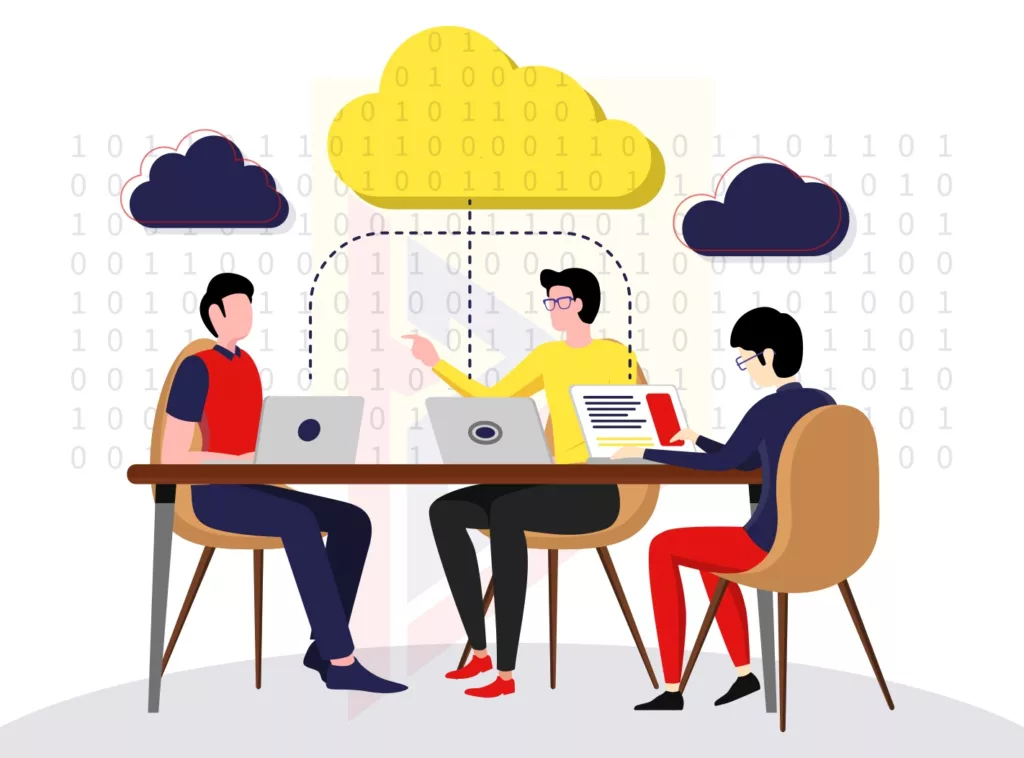
Cloud computing as a service is an easy way for organizations to use cloud technology. Utilizing the cloud as a service can have a significant impact on your organization as it provides easy access, flexibility, and choice of applications. With the cloud as a service, companies are able to innovate faster and provide new services.
We’ve seen an increase in ‘service offerings and some new applications following the pandemic. Applications that are tailored to hybrid work environments will only expand in 2021 as businesses adjust to them.
Platform as a Service (PaaS)
This type of service comes in the form of both hardware and software tools and is, referred to as Platform as a Service (PaaS). As organizations invest in modernizing ‘old school’ applications with cloud-native features, the use of this technology is steadily increasing.
Software as a Service (SaaS)
In the cloud world, SaaS is one of the earliest and most successful offerings of the ‘as a service’ model. In this case, the software and services are all offered via third parties, with subscriptions and licensing fees being traded. Cloud-based software is now contributing $20 billion to the quarterly earnings of software vendors, making it one of the biggest cloud applications. That number is, expected to rise 32% per year.
Disaster Relief as a Service (DRaaS)
The cost of downtime has increased as organizations increasingly operate digitally. Cybercrime costs organizations approximately $13,0 million annually, whereas IT downtime costs organizations $5,600 per minute on average. Downtime can be catastrophic for e-commerce businesses because sales rely on online access. The regulations imposed on organizations are making them legally responsible for the protection and care of their customers’ data.
Infrastructure as a Service (IaaS)
Despite the fact that Infrastructure as a Service (IaaS) has existed, since the beginning of cloud computing, the potential of IaaS has not yet been, fully realized. A skill gap in the cloud migration process has slowed the adoption of this technology among organizations. This cloud solution, however, is, expected to eventually outgrow SaaS in revenue thanks to an uptick in cloud education and understanding that resulted from necessity.
Workstation as a Service (WaaS)
Traditionally, an employee receives a company laptop over which they have, full control, but which can only be, used in its full capacity for part of the workday. The computer can be, used only in conjunction with a server, workstation, and software applications on-premise. This constraint has led to the rapid rise of Workstation as a Service (WaaS).
08. Cloud security
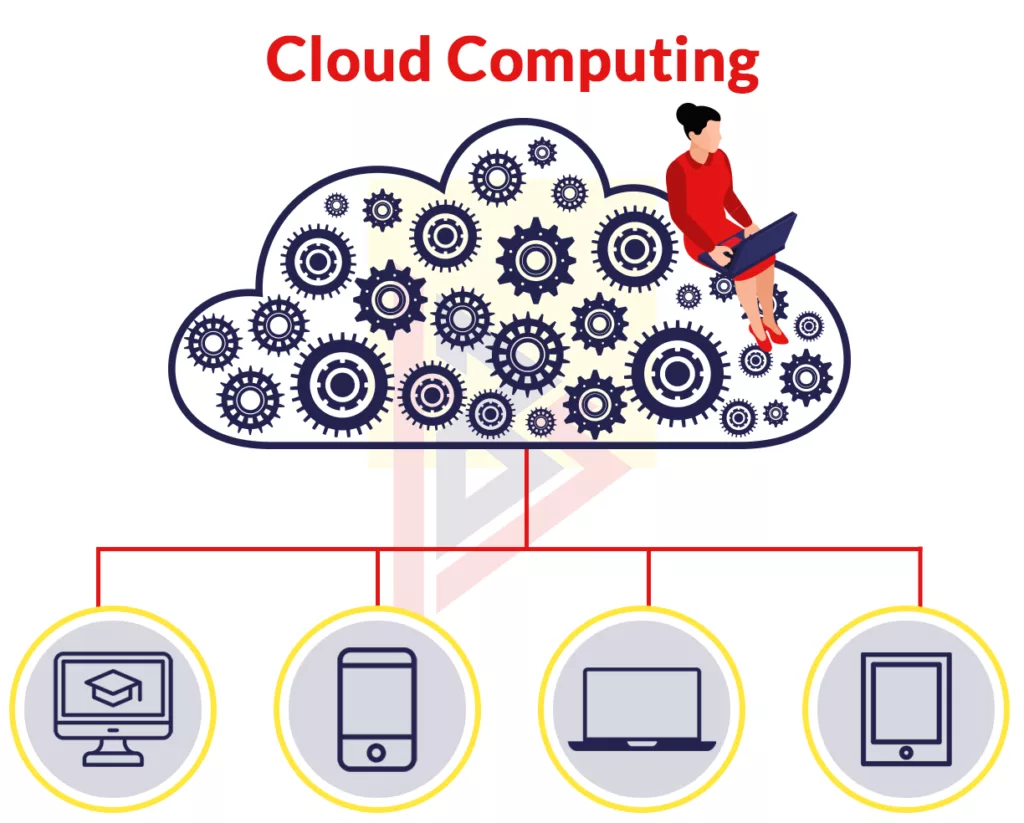
630 percent increase in cybercrime occurred in the period January to April 2020 as new ways of working created new vulnerabilities. Organizations face a significant issue of governance when they distribute workloads among different cloud providers.
It’s no surprise that 65 percent of senior IT executives cited security and compliance risk as the greatest challenges to cloud adoption.
An approach that is proactive and aware of possible blind spots is necessary for generating and acting on insights across platforms. Security is the top criterion for selecting a cloud vendor according to 28 percent of enterprises. Although cloud computing’s efficiency in terms of time and money is its most popular feature, organizations are becoming aware that cutting corners on the cloud can render their organizational processes opaque, creating a number of discrete entry points for cybercriminals.
09. Cloud Coalitions
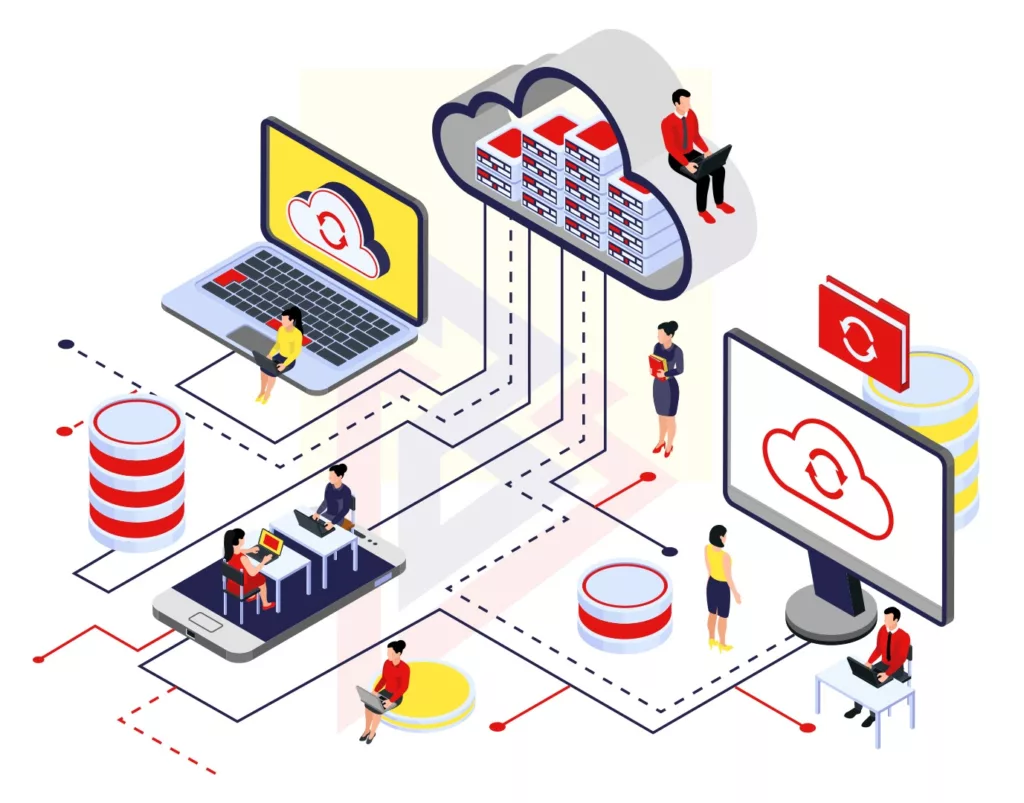
Several businesses scrambled to migrate their workloads to the cloud in the wake of the coronavirus, which led to a 50 percent increase in enterprise cloud usage. Additionally, this exerted significant pressure on the capacities of cloud providers, who are increasingly seeking strategic partnerships to meet this emerging demand. Through such partnerships, cloud providers are, strengthened and novel solutions are, offered to the dynamic threats of the cloud.
Over time, enterprise solutions will consolidate onto one platform due to the need to accommodate distance between employees and resources. The benefits of strategic cloud partnerships are that they increase the offerings of major providers and their ability to handle large workloads, thus improving their competitive position.
10. Cloud automation
In order to manage their public, private, and hybrid clouds, many enterprises use automation to simplify their governance issues.
Organizations can now build the same infrastructure securely across multiple platforms using cloud-agnostic tools like Terraform.
The future of such tools can include functions like dashboards since technologists will be able to view all of their fragmented cloud services in one place. Machine learning will also be, facilitated by such a feature.
Analytics can help organizations compare the performance of different clouds, especially in a multi-cloud or hybrid environment. By not understanding their efficiency, you also expose your organization to a greater risk of attack. Your company can improve its preparedness for current and potential threats by leveraging machine learning capabilities.
11. Private Cloud

Enterprises are gaining a better understanding of the cloud’s capabilities as cloud interactions grow. Public cloud adoption has been, driven by the lack of this expertise as businesses have been able to outsource the services they cannot manage or develop themselves. To maintain greater control over their processes, more organizations will turn to their own private clouds as the wealth of knowledge becomes increasingly abundant.
Private cloud didn’t see, significant growth in 2020, largely because public providers are, better positioned to handle organizations’ novel needs. Public and private clouds are likely to become more equal going forward. In this manner, organizations will be, guided by organizational needs, not industrial fixtures, to create a more democratic cloud industry.
12. Cloud Agnosticism
Cloud outages have been frequent in 2020. It takes approximately two hours for these server issues to result in downtime. One hour of downtime per year costs most organizations, 98 percent, over $100,000. There are even statistics indicating that in just one hour of downtime, 40 percent of companies lose upwards of $1 million – exclusive of any fines, fees, or penalties.
With the increasing adoption of hybrid clouds, CIO skepticism is being, redirected into managing contingencies. The key to cloud success is some form of cloud-neutral strategy, even with the introduction of DraaS. A splintered cloud service model minimizes downtime from prolonged outages and increases ROI. This is why those tasked with making purchasing decisions in the IT sector favor flexibility when choosing a provider.
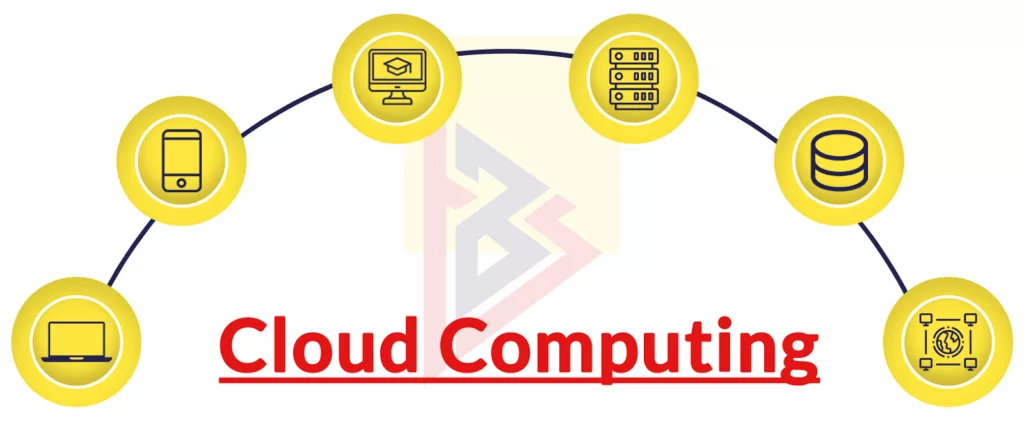
13. Containerization
A revolution in the global economy began in the 1950s when shipping containers were, introduced. Finally, loose items were, packaged and transported in a standardized way. The cloud is now the go-to place for containerization – 70 years after the original craze.
In a containerized application, the entire set of dependencies and libraries are, packaged in a lightweight, uniform way. An app will run quickly, and reliably in multiple computing environments when it is, distributed and stored in this way. Since each container is only tens of megabytes in size, it is possible for one server to host several applications, saving money on hardware and maintenance.
DevOps can directly deploy container applications on top of the cloud application layer offered by most cloud providers as part of their consumable services. The utilization of standardized configurations for each app increases security, processing speed, and scalability.
14. Artificial intelligence

AI and cloud computing are, inseparably linked. In addition to powering cloud computing, AI also enables the benefits of cloud computing by managing data, providing insights, and optimizing workflows. AI is expected, to reach $89 billion in value by 2025, so organizations that don’t, embrace this trend risk being left behind.
AI has been, democratized with cloud services, making it accessible to businesses that face high entry barriers. The investment of money and technical skills in AI have traditionally been extremely difficult. The cloud allows companies to take advantage of AI without having to invest a great deal up-front.
Businesses can maximize the benefits of cloud computing and AI by combining the services. In a virtual environment, constant data backup and recovery make cloud computing a viable alternative to expensive on-site hardware and software. The cloud is, able to manage data as well as gain insights into information that can be, distributed to all users as a learning process through AI.
15. Data Fabrics

As a result of cloud adoption, technology is being, desegregated as security, optimization, and interpretation services require more interoperability. As a result, the term ‘data fabrics’ is, taken away from its analytical roots and recast in a cloud context. In a nutshell, a data fabric combines access points, types, and locations of data into one single string.
90% of organizations will have integrated information into their core competencies by 2023. With the use of APIs, organizations are able to dismantle silos and consolidate data management, access, and security across cloud providers. By leveraging centralized data management frameworks, organizations can reduce vendor lock-in and gain a clearer understanding of their operations.
Getting your head into the cloud
The cloud is the future, particularly with the increase in the adoption of cloud services in existing businesses. A storage solution is more than just a competitive advantage. Cloud computing gives you a competitive edge by facilitating cybersecurity, data management, and data accessibility.
A commitment to change and agility is essential for perfecting your cloud services. The cloud is, endemic to these patterns and when it is, more widely adopted and calibrated, it will be able to generate clearer insights. So by leveraging industry expertise and knowledge, your organization can open doors by keeping track of and unpacking these trends. In addition, Cloud services are, expected to continue to grow throughout the world in 2021 and beyond as the world continues to embrace them.
As the industry changes, we will continue to update these trends, protecting you from traveling alone through this varied and dynamic digital landscape. Cloud computing is the future. If you’re ready to take off, get in touch with us.

